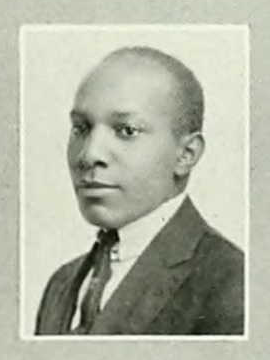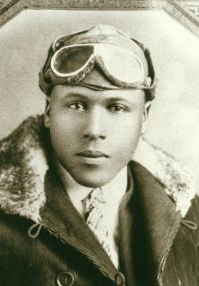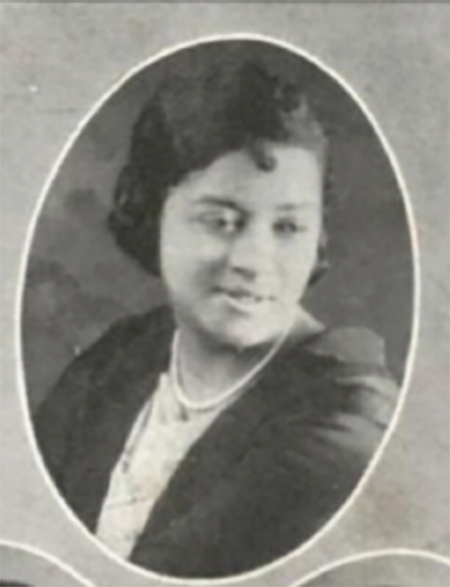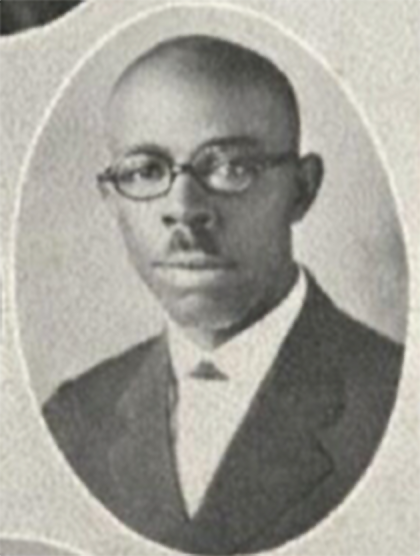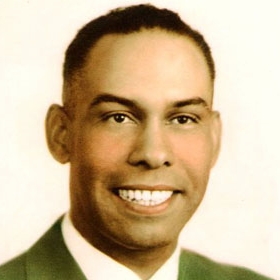Joseph McHenry Alexander was born in Hickston, Texas, 22 March 1895, to Wiley J. Alexander and his wife Maggie L. James Alexander. Following service as a corporal in the 165th Depot Brigade in WWI, in which he served from 17 July 1918 until 13 December 1918 (“Alexander,” 1942), Alexander married Josephine V. L. Ford in 1921.
Alexander completed his undergraduate degree at Prairie View Normal & Industrial College (now Prairie View A&M University) and had become a Professor of Animal Husbandry, teaching in the Agriculture Department there, by 1926. At that time, four of the seven professors in the Agriculture Department—Edward Evans, Rufus Atwood, Lawrence Potts, and John Lockett—were ISC alumni, and Joseph Alexander was soon to be among them as another faculty member with an ISC degree. To enhance his credentials, Alexander completed an M.S. in Dairy Husbandry at Iowa State College in 1930. During Winter 1930, he lived at 1204 Third Street, the home of Walter Madison, Sr.
J. M. Alexander was a proud alumnus of Prairie View and an active member of the campus community during his time there as a professor. He served as the local alumni chapter secretary and was adviser to the Prairie View Cosmopolitan Club, as well as Texas state representative to that national organization.
Alexander was still a Professor at Prairie View when he died of a coronary occlusion at the age of 46 on 18 August 1941 (“Joseph M. Alexander,” 1941). In February 1950, he had passed from recent memory to attain a sort of legendary status when he was fondly remembered by the “Prairie View Week,” a campus newsletter, as “a man of impeccable, integrity; indeed, … a man’s man” (“Official Announcement,” p. 1), who was instrumental in securing a new Hammond organ for the school in his role as faculty representative of the Sunday school: “Like so many other self-effacing men who serve causes with basic human humility, he shepherded the dollars and cents which made up the Organ Fund” (“Official Announcement,” 1950, p. 1). The newsletter writer goes on to capture his careful efforts to serve his school as the : “Bald of pate, solid of statue (sic) one remembers Mr. Alexander depositing the pennies and nickels contributed by men and women of the school on the hill, and ever so often withdrawing the quarterly payments” (“Official Announcement,” 1950, p. 1).
Joseph McHenry Alexander is buried in the Mount Eden Cemetery, Hickston, Texas (“Alexander,” 1942). Following his death, a new men’s dormitory at Prairie View, completed in 1952, was named in Alexander’s honor.
Photo credit: Prairie View A&M University. (1926). J. M. Alexander, B.S. [Photograph]. 1926 The prairie, p. 32. Retrieved from https://digitalcommons.pvamu.edu/yearbooks/33/
Alexander, Joseph McHenry, application for headstone or marker. (1942, 16 Jan). U.S., headstone applications for military veterans, 1925-1963. National Archives Microfilm Publication M1916, M2113, Roll 40050_644066_0359. Retrieved from Fold3 https://www.fold3.com/image/317790269?terms=mchenry,joseph,alexander
Joseph M. Alexander, death certificate. (1941, 21 Aug). Texas, U.S., death certificates, 1903-1982 [database on-line]. Retrieved from Ancestry https://www.ancestry.com/discoveryui-content/view/23508958:2272?
Official announcement – February 5 – February 11 – 1950. (1950, Feb.). The Prairie View Week, Vol. 6 (5). Prairie View A&M University. Retrieved from https://digitalcommons.pvamu.edu/pv-announcement/105
